Xiyan Chen
Year of birth: 1998
Where do you live: London, UK & Shanghai, China
Your education: BFA, Product Design | East China Normal University, School of Design
March Design for Performance and Interaction | University College London, Bartlett School of Architecture
Describe your art in three words: Experimental, Playful, Inclusive
Your discipline: Digital Artist & Experience Designer
Website
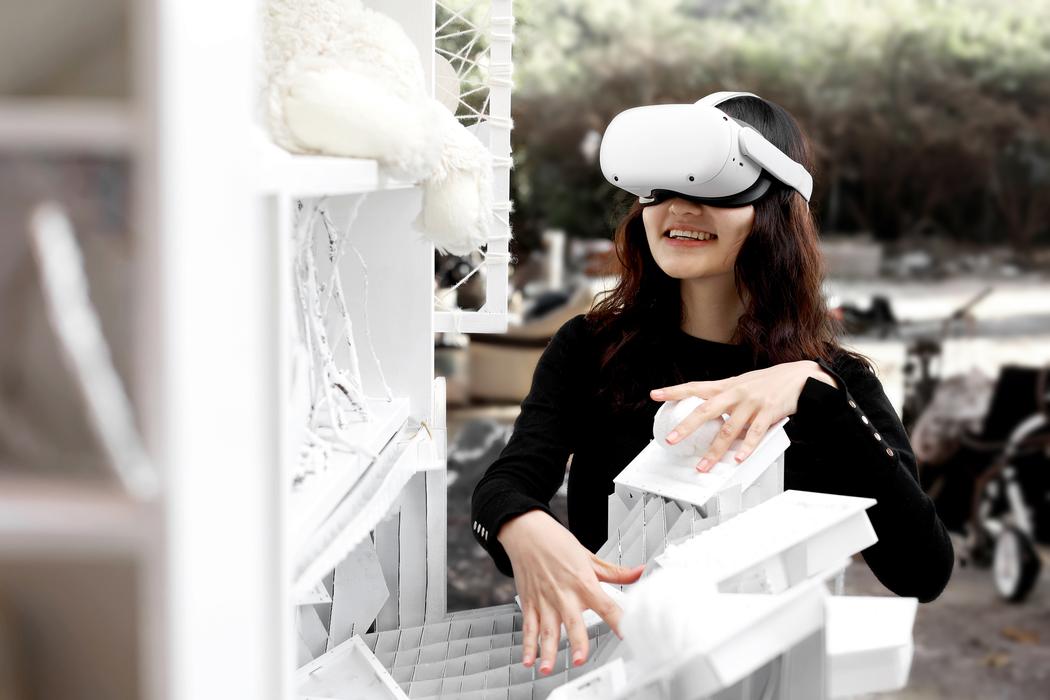 Xiyan Chen | MetaTouch
Xiyan Chen | MetaTouch
Your work bridges art, design, and technology in a very distinctive way. How do you approach blending these disciplines in a single project?
My process is greatly inspired by Neri Oxman’s “Krebs Cycle of Creativity,” which views art, design, science, and engineering not as separate fields, but as a continuous loop of intellectual energy. In my creative practice, art provides the conceptual framework and emotional depth, while design ensures that the interaction is intuitive and the experience is cohesive. Technology is the medium that makes the conceptual tangible, allowing me to build immersive worlds that wouldn’t be possible otherwise. This cyclical process ensures that the work is not just technically innovative, but also conceptually rich and culturally relevant.
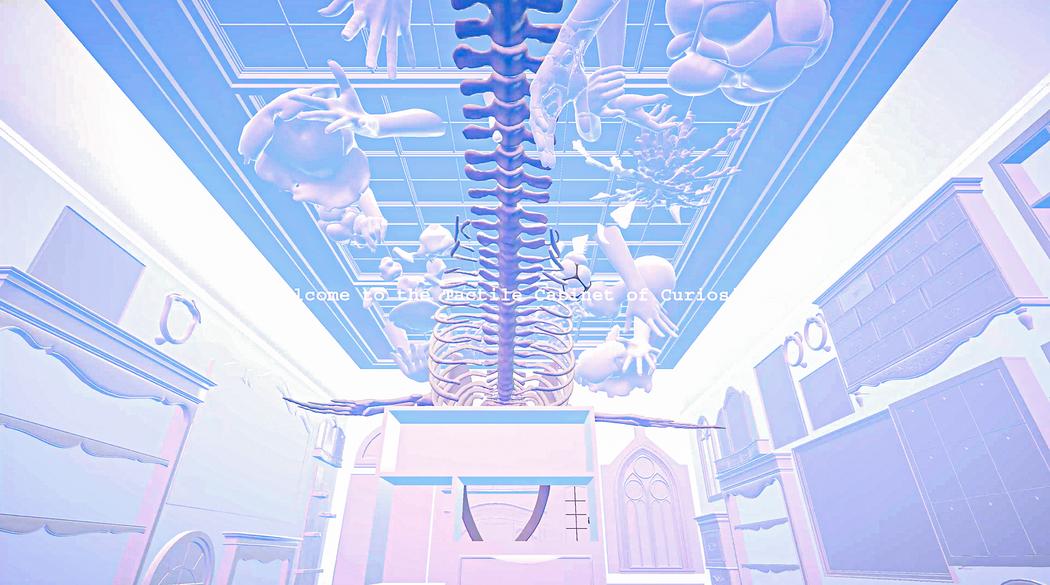 Xiyan Chen | MetaTouch
Xiyan Chen | MetaTouch
Many of your installations encourage audience participation. How do you see the role of the viewer evolving in digital and interactive art?
The role of the viewer is no longer passive; they are now an active collaborator. In my work, I’ve tried to design for a symbiotic relationship where the audience’s actions and presence directly influence the narrative, form of the piece and events. This shift from spectator to participant makes the art an evolving, unique entity.
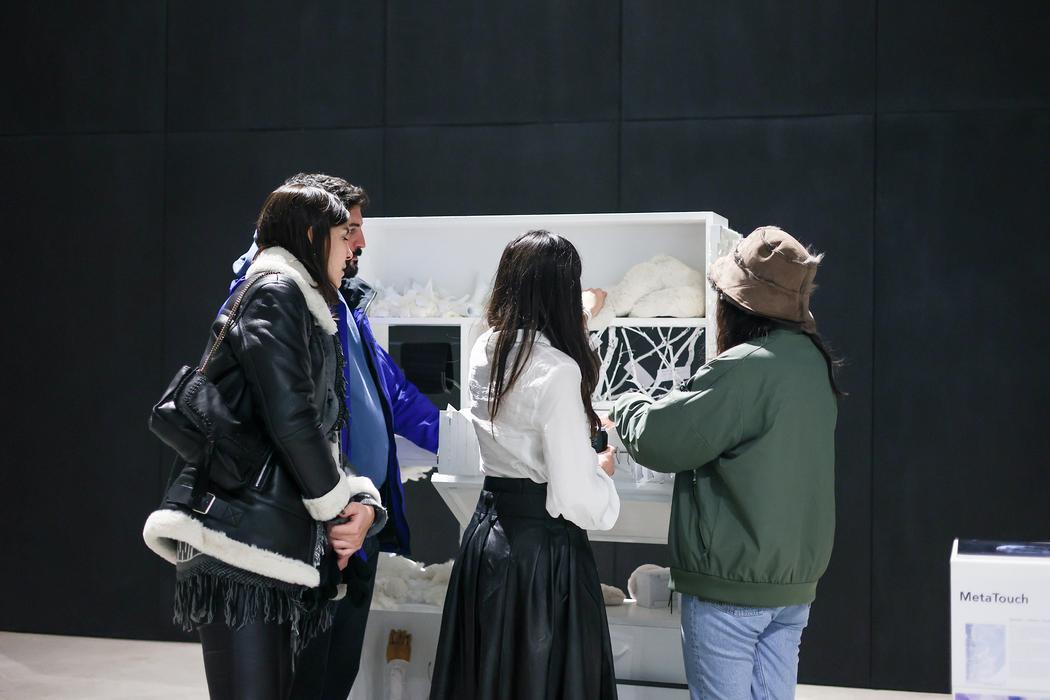 Xiyan Chen | MetaTouch
Xiyan Chen | MetaTouch
You’ve exhibited in places like the Saatchi Gallery and Ars Electronica. How do these different contexts influence the way you present your work?
At traditional galleries like the Saatchi Gallery, the focus is often on the conceptual and aesthetic qualities of the work. The presentation must be clean and deliberate, encouraging a contemplative experience. In contrast, exhibiting at festivals like Ars Electronica offers a more experimental environment. The audience is often more open to new forms of interaction. This allows me to focus on showcasing the innovative and experimental aspects of the work. I see these different venues as opportunities to highlight different facets of the same piece.
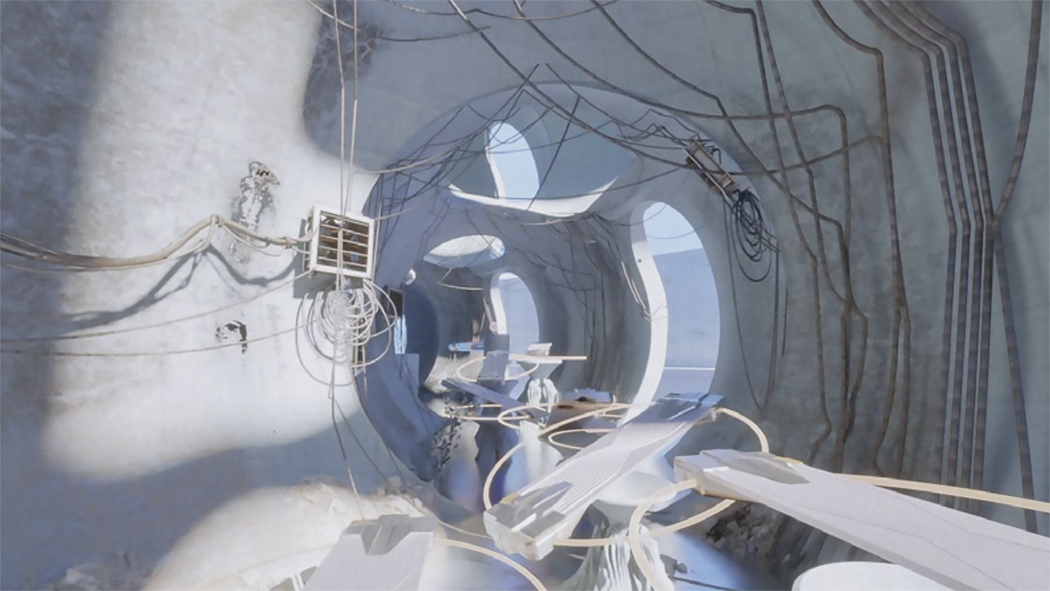 Xiyan Chen | Aftermath
Xiyan Chen | Aftermath
What role does narrative play in your VR environments, and how do you translate stories into spatial and sensory experiences?
Narrative in my VR environments is not linear; it’s a living, breathing space. Instead of a traditional plot, I use narrative themes that are embedded within the environment. The viewer becomes an explorer, piecing together the story through their own movements and discoveries. I translate these stories into spatial experiences by using sound, light, and haptic feedback to evoke specific emotions and actions and guide the viewer’s journey. The narrative is not only something you are told, but something you physically inhabit and discover.
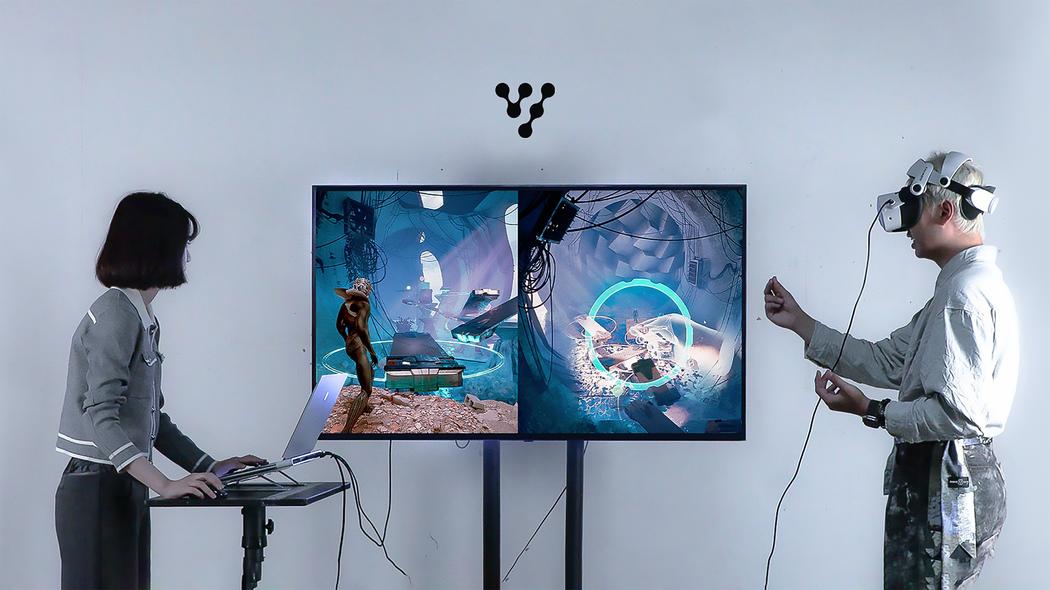 Xiyan Chen | Aftermath
Xiyan Chen | Aftermath
Could you share more about the conceptual themes that connect your projects, such as “Aftermath” and your interactive installations?
The narrative in my VR work is less about a traditional plot and more about creating a spatial and sensory experience that communicates a core concept.
In Aftermath, the narrative is embedded in the game’s asymmetrical design. The story of human creativity vs. AI control isn’t spelled out; it’s felt through the unequal power dynamics of the gameplay. The VR player’s ability to subtly manipulate the environment is a direct translation of the AI’s unseen influence, making the story a lived experience of power and agency.
With MetaTouch, the narrative is a sensory journey. The “tactile cabinet of curiosities” tells a story about the potential of touch in virtual spaces. The narrative is translated into a physical-virtual loop: a real-world touch on a module creates a specific visual and haptic response in the VR world. The story explores how sensory data can build a new kind of narrative language for empathy and connection.
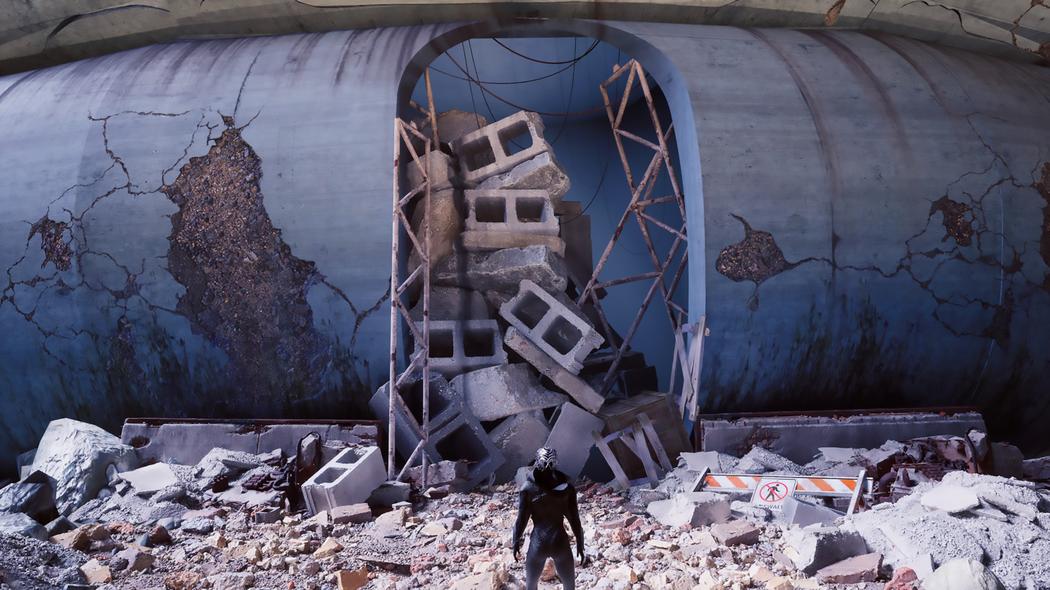 Xiyan Chen | Aftermath
Xiyan Chen | Aftermath
Your practice spans the UK and China. How does working across these two cultural contexts influence your artistic vision?
My work is influenced by core Eastern philosophical concepts like cause and effect, balance, and the interconnectedness of all things, which are woven into the very fabric of my installations. This is complemented by the traditional aesthetics and meditative qualities of Eastern art. In contrast, the UK’s vibrant art scene, with its deep-rooted history, has instilled a strong focus on cultural inclusivity, accessibility, and a sustainable mindset in my work. This fusion allows me to create art that is both conceptually grounded in timeless Eastern thought and technically progressive, while also being accessible and environmentally conscious—a practice that reflects a balance of tradition and modernity.
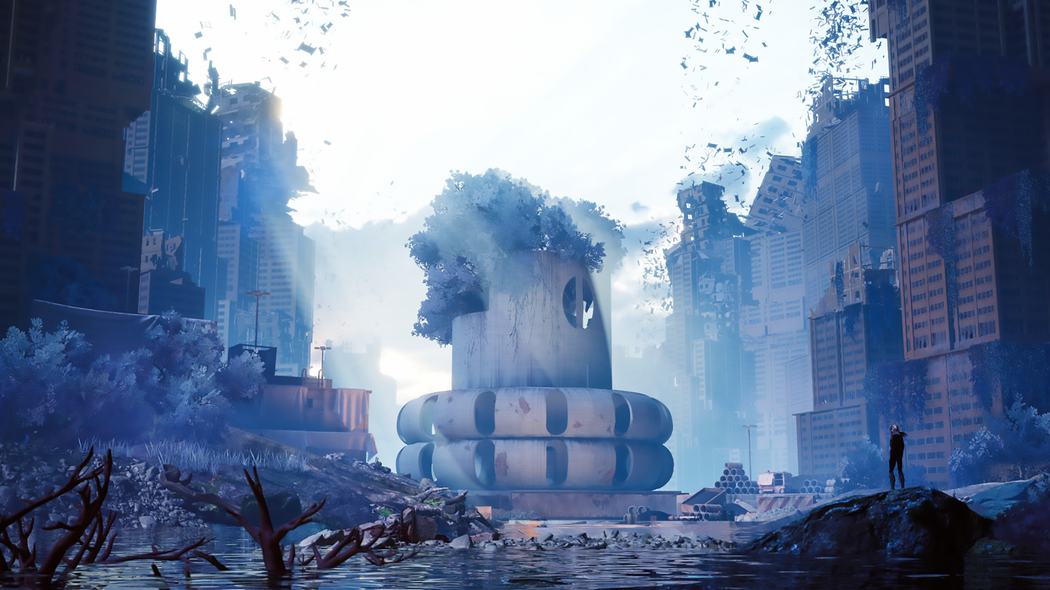 Xiyan Chen | Aftermath
Xiyan Chen | Aftermath
What technical challenges have you faced when creating multisensory VR artworks, and how have you overcome them?
A primary technical challenge is achieving seamless synchronization between the physical and virtual worlds. In the case of MetaTouch, for instance, we had to ensure a user’s touch instantly triggered a unified visual and auditory response in VR.To overcome this, we built a custom system. We developed sensor-equipped gloves to capture precise touch data and transmit it to Unity with minimal delay. This process involved extensive testing of various sensors, fine-tuning the hardware’s structure, and optimizing the code to reduce latency. Ultimately, these efforts allowed us to create a unified experience where the physical and virtual worlds feel perfectly aligned.

Leave a Reply